Butter is a wonderful thing, isn’t it? It doesn’t make you fat, you can eat as much of it as you want and be healthier for it, and you can use it in so many ways. You can bake with it, cook with it, flavor it, melt it, or eat it raw.
In India, it’s traditional to slowly cook butter down and render it into a clarified fat, separate from the milk solids — this is called ghee, and it’s even better for using in sautés and higher-heat cooking than butter because it doesn’t have the parts that burn in a hot pan. On the GAPS diet, ghee is the first dairy food you should introduce because it doesn’t have any of the potential irritants that can upset your gut, such as lactose or casein. It’s pure, heavenly, butterfat. You can buy it in stores or online, but I wanted to make some myself!
I had heard that there’s a number of ways you can make your own ghee at home — on the stovetop, in the oven, or in a crock pot. But it takes a while, and I didn’t want to babysit my butter cooking all day long, so I thought my crock pot would be my best bet.
But when I tried looking up how to make homemade ghee in a slow cooker, I found a lot of confusing and contradicting tutorials. Some said it took only 4 hours, some said it took 12, some said to leave it uncovered, some didn’t, some said it would need to be stirred, some said leave it alone.
Well, I just decided I was gonna go for it, and figure it out myself. The method I tried worked fine, and I’ve done it a couple times now. It’s easy!
Making Ghee in a Slow Cooker
Step one: Put butter in the pot. Put a lot. You’re gonna love this stuff.
Step two: Turn it on “low,” and leave the cover off.
Step three: Walk away for about eight hours. (If you’re around and want a lighter-flavored, less amber-colored ghee, check it at around six.)
There’s not much more to it!
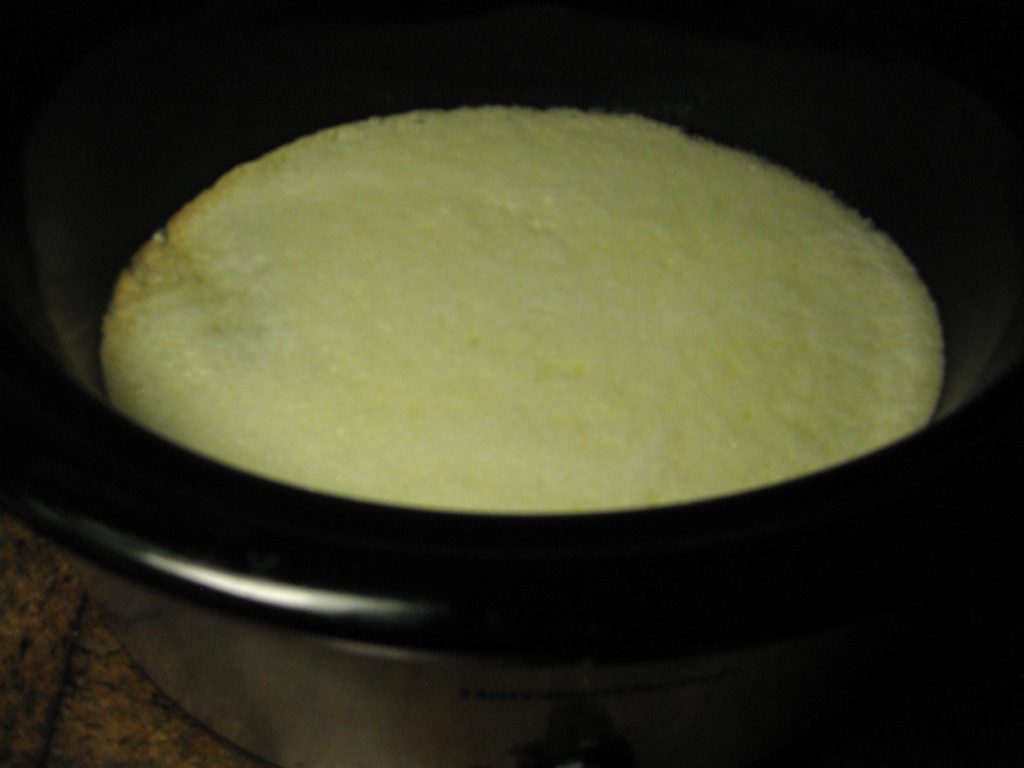
You’ll see this foamy white stuff on top as it’s cooking, but you’re supposed to let it go until that turns brown and crispy, and either floats on top or sinks to the bottom.
In this batch, I overcooked it a little cause I was waiting for it to sink down to the bottom like one of the tutorials said it should. It won’t always all sink. If it’s separated into crispy, brown bits, and a clear liquid, that’s all you really need to wait for. Go by the smell, too — it’ll start to smell like browned butter, but this batch went a little beyond that. I kind of like the richer, darker, slightly-overcooked taste, but if you don’t, make sure you stop heating it before this point. You don’t really want it burnt.
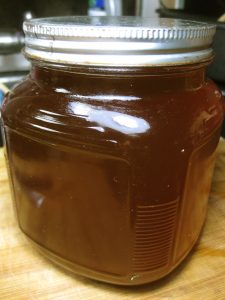

Just so you can see the difference, this is a comparison of a less-cooked batch versus a much darker, kinda overcooked one:
The last thing you have to do to finish making your ghee is strain out the solid crunchies from the clarified liquid. Ladle it over a fine sieve — I like to use a nice reusable coffee filter, which is also great for getting nice, clear bone broth out of. (By the way, if you want to get this, I’d pick it up from Amazon ASAP before the price goes up again — it was nine bucks when I bought it and now it’s only $3.95! Ugh.)
Another way to do this is take a nut milk bag (this one is awesome and really durable), and set it in your jar to strain the solids. That’s what I did the first time before I got the coffee filter. Both work well.
Then you can just lift it up and take them out. Skim the remaining foam in the jar after.
You’ll be left with those crunchy milk solids, much in the same way that you get cracklings from rendering lard or tallow.
If you’re on GAPS, you won’t be able to eat the milk solids until you’re ready for the rest of the GAPS-legal dairy, but if butter is okay for you, you can save the solids and eat them. There’s a few traditional Indian recipes for using the solids that I’d like to try once I can have them. A simple one is just mixing with garlic and sauteeing until the garlic is fragrant, then using as a spread on toast.
Put the ghee in the fridge to solidify, and then you can leave it in there, or take it out. A great thing about ghee is that it keeps unrefrigerated, much longer than regular butter. It can stay out on the counter or in the cupboard for about a month, and lasts about three months in the fridge.
Here’s what it looks like after solidifying in the fridge. This is actually the brown batch! It gets a lot lighter when it’s solid.
What do you think?
Have you ever made ghee? What’s your favorite way to use it? If you haven’t already, do you think you’ll give ghee making a try?
Oh, and if this sounds a little too intimidating to you, and you’re worried about ruining or burning your good grass-fed butter, you can find amazing grass-fed ghee already made from a great company here.
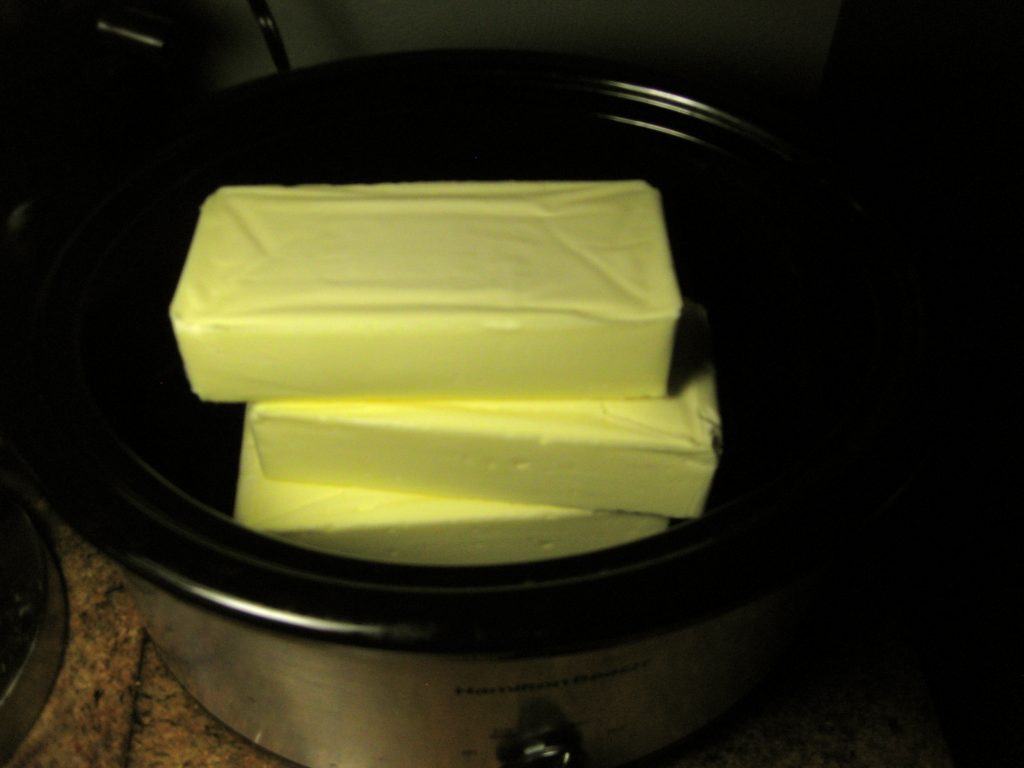
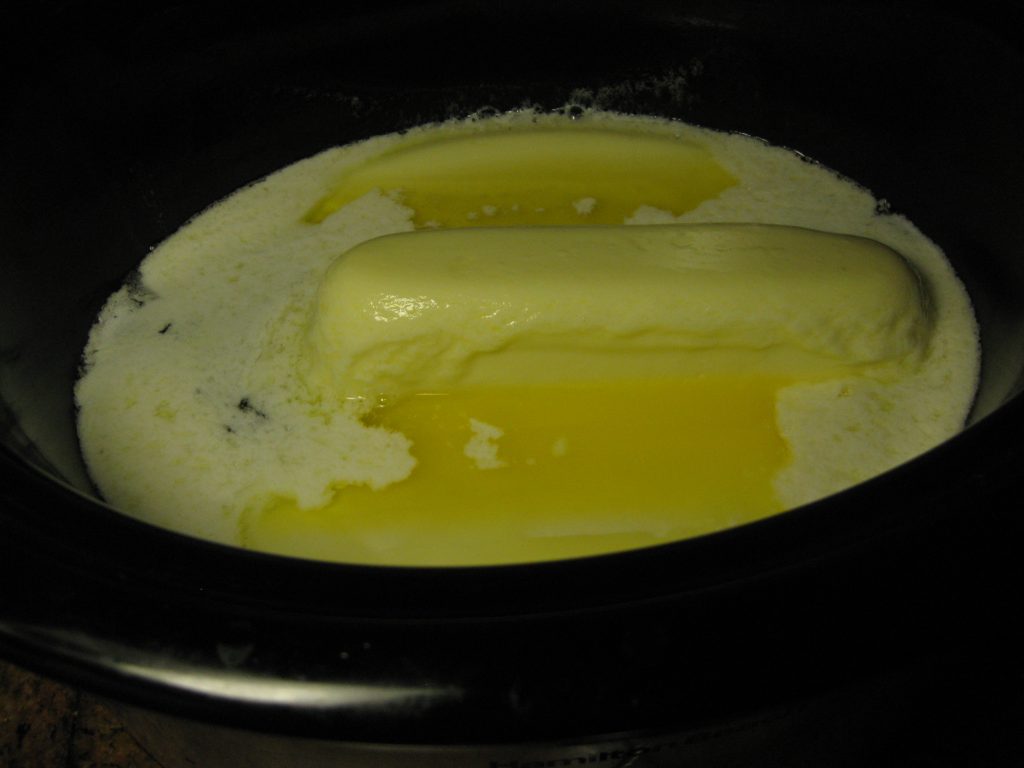
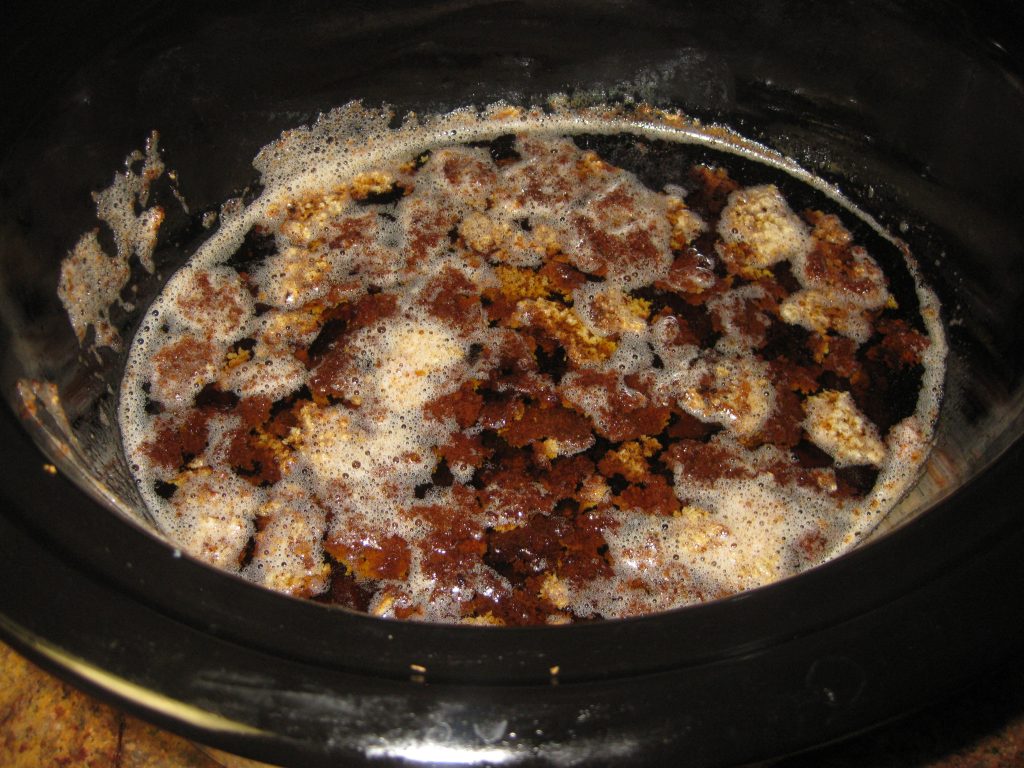
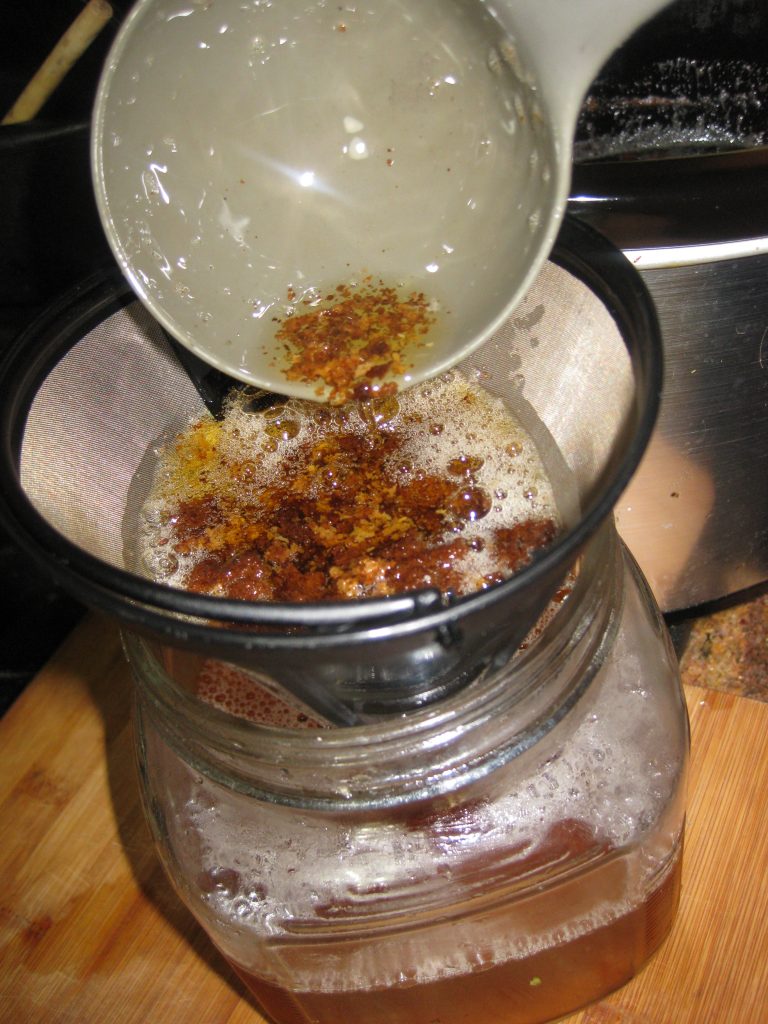
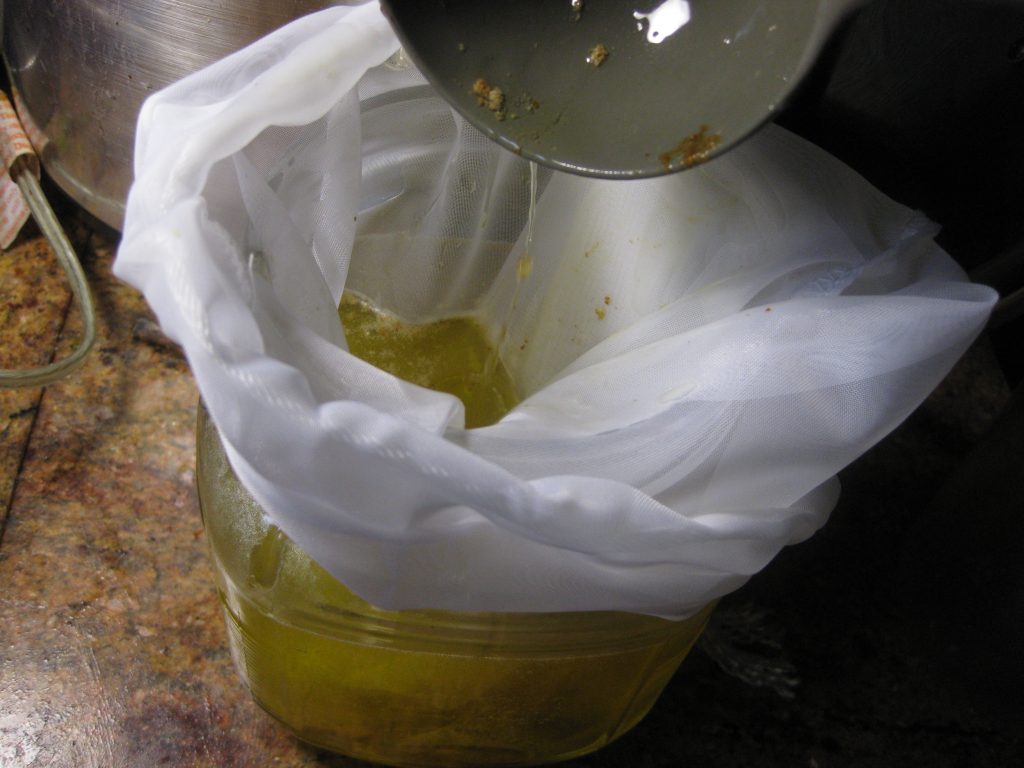
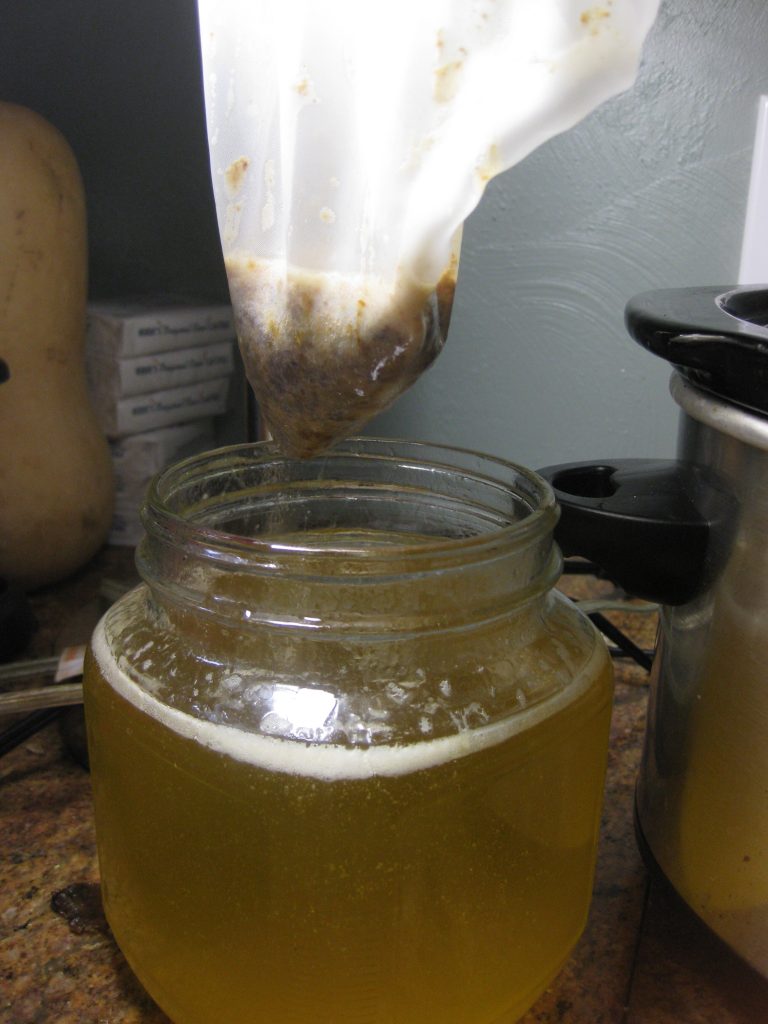
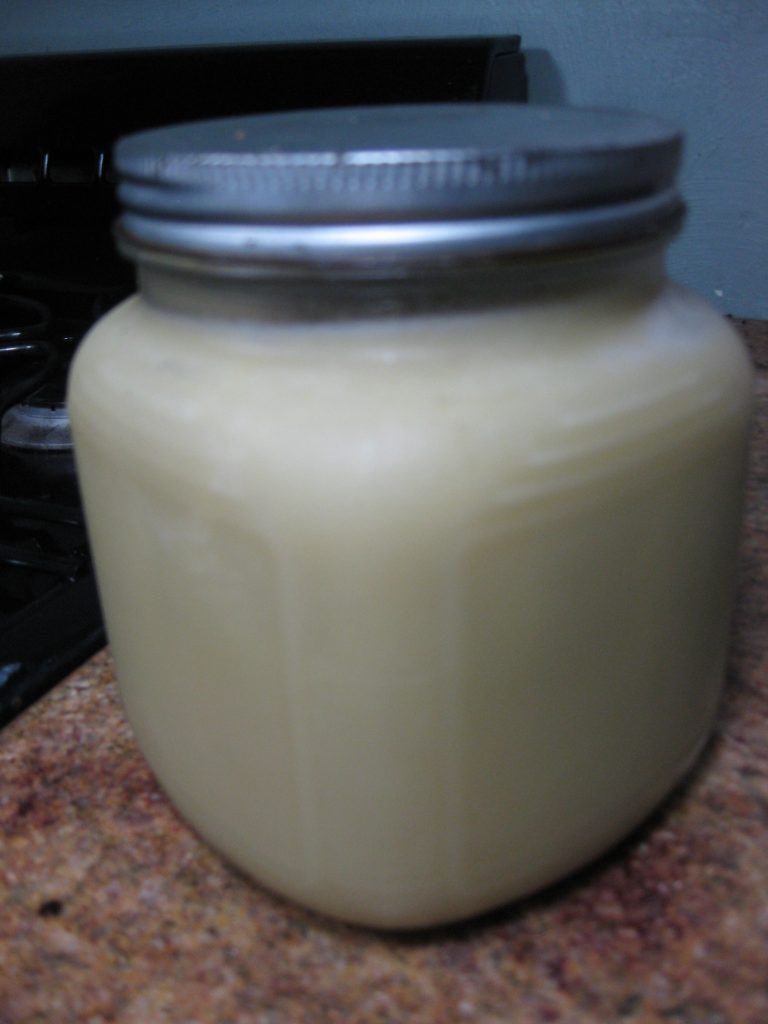
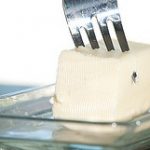
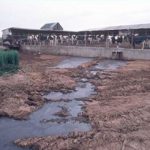

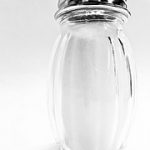
I love ghee when it’s cooked longer and gets that wonderful caramel fragrance. I will definitely try the crock pot method, though I’ve always had success with stovetop. You’re definitely right to leave the lid off, because the water must escape or it won’t keep well.
This is awesome. I just bought 12 pounds of butter from a local farmer. Can’t wait to make myself some ghee!! Thanks much!
What do you use this for?? I never heard of this,do you still use it like butter and seasoning and on toast?? please don’t laugh i am serious!!!
Oh no that’s a good question!! I had never heard of it either before I started getting into this whole real food thing!
Since I can’t have regular butter yet, I’ve been using my ghee for everything that I’d normally use butter for. But most people use ghee mainly for frying or sauteeing, because it does much better in high-heat than butter does. It also has a different flavor which some people like better than regular butter.
Does browning it more like this increase the oxidized cholesterol? I know heat and light oxidizes cholesterol and a lot of quality ghee brands advertised “non-oxidized cholesterol” or maybe since it is cooked low it won’t oxidize much? … just wondering..
Hmm, good question, but I personally wouldn’t worry about that. I doubt that the low temperature used for making ghee would be enough to really do much damage, if any. Ghee is a traditional food that’s been made for a very long time. Oxidation of dairy via modern high-temp pasteurization and other processing methods (homogenization and extrusion for creating dried milk, etc.) is more what we should probably worry about. Severely oxidized cholesterol is in all low-fat dairy products because they contain dried milk which isn’t even labeled. Gross.
But if you’re still concerned, maybe don’t go for such a dark brown/almost burnt version like I made. 🙂
Yes, the crock pot is a good idea.
I have made ghee on the stove top, melted it at the lowest heat I could get away with. And then painstakingly skimmed the milky bits off as it floated to the top.
I’ve used my ghee in Indian cooking. It does really well for high heat frying because it’s clarified. There is a lot of sauteing of vegetables in that cookery.
I haven’t tried it on the stovetop, but I think you just convinced me to stick with the crock pot instead of experimenting! 🙂
Yes, it really does saute and fry much more nicely than regular butter. I’m so glad GAPS intro sort of forced me into learning this!
Thanks so much for posting this! I’ve never bothered to make ghee because I thought much more of the butter was wasted. That looks like only a tiny bit so I’m thrilled!
Thanks so much for this! Now…my one big question is…where oh where can I find raw butter near where I live? I realize that you wouldn’t know exactly, but what is the best source to go to find anyone who may sell it near me (in NY)??
Thank you!
You’re in luck, Jesse! There are a lot of raw dairy farms in New York listed here:
http://realmilk.com/where07.html#ny
Honestly though, I wouldn’t bother springing for raw butter for ghee-making purposes. Let your raw butter be raw, and render the cheaper pasteurized kind into ghee. Unless budget really isn’t an issue — then give as much of your food dollars to small, raw dairy farmers as possible! 🙂
I’m about to try this with a crock pot so wish me luck. :3
I’m currently trying to get my processed-food loving boyfriend into the whole foods thing slowly but surely. We are blessed to have a great Natural Foods store in town, but so far he’s only accepting grass-fed beef. (Hearst Ranch is excellent for it if you are in California!) he looked at me as if I were holding a cobra when I grabbed raw milk. 🙁
Sorry to go offtopic there. Actually, if anyone has any suggestions about helping to introduce particularly stubborn partners to the whole foods world if love to hear it. 🙂
For now I’m going to go make some lovely ghee!
I do! I have a half-written post all about how to get your man on the GAPS diet — which is even harder than convincing him to eat real food! LOL. I’ll try to work on putting that out soon. But, I’d say you’re on the right track. The more he gets exposed to it, the more he will like it. Because we’re not talking about cardboard “health food” here — who doesn’t like butter, beef, and bacon, right?!
Anyway, best of luck with your crock pot ghee! Let me know how it goes. 🙂
It turned out pretty good! I didn’t quite let it cook enough I think but I did get all the solids out. (which were immediately eaten with garlic, mmmm!) I did have to keep a closer eye on it because the scent attracted my cats like crazy.
I’m so excited this worked and I can’t wait to cook some eggs in it tomorrow morning!!!!
Thanks for this post, I’m excited to do this if I can find a decent price on butter! Also, thanks SO much for the Amazon links. I like to see what other people are using, and those are some great deals! I wouldn’t have though to use a coffee filter like that, and I didn’t even know they had nut milk bags! Thankssssss!!!!
Thank you so much! I’ve see ghee in the store and it alwasy seemed so expensive. This looks pretty easy.
I hope you enjoy making it! I know, it’s so crazy how expensive it is store-bought. It’s just butter, people! Thanks for stopping by. 🙂
I am Indian and I make ghee at home. This is the one thing that I bless my electric stove for. I turn it on at the lowest setting and walk away. It takes only about 1-2 h. I only wait until the solids become crunchy. The husband loves eating the solids mixed with jaggery or sucanat. So, I’d rather not burn the solids. If they do get burned, I sneakily throw them out ;-). I store it at room temp. Being South Indian, we even add it to rice- stew mixes. Ghee is considered essential for young children. So, my daughter gets it every day. Much more than she gets butter. Ok, a lot lot more. We don’t use butter much. In my home state, we mix rice with pickled mango (sun-dried mango, preserved using a mix of spices, oil, and salt) and eat the mixture with fresh butter. That’s about the only use for direct butter that I can think of, traditionally. My daughter does get it with lightly toasted sourdough bread. Funny how I don’t like butter on conventional bread but love it on sourdough bread! A la Nourishing Traditions, the good stuff “marries” well with the good stuff. :-).
I’ve never had ghee before – mine came out kind of grainy. Is it supposed to be that way or does that mean I did not cook long enough or filter enough?
Hmm, my guess would be that it’s not filtered enough. In that case, I’d be careful about leaving it unrefrigerated, as it may spoil more quickly. Better luck next time! 🙂
I made ghee last year sometime, don’t recall when – at least last spring or summer. But I’ve left it in a jar on my counter-top since then and it’s still good. I haven’t tried it with the crock pot and am trying a batch that way now.